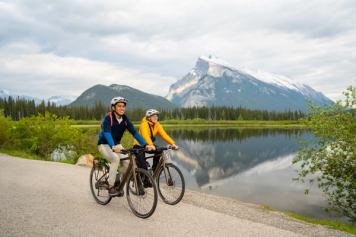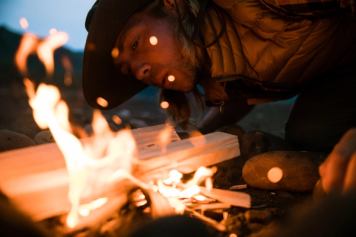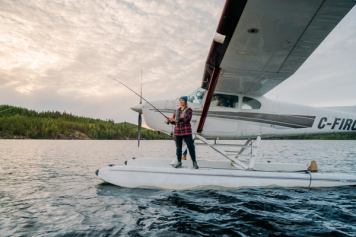Alberta is home to a wildly diverse landscape that spans from the Canadian Rockies, across the prairies, to the Canadian Badlands. Although major highways make it easy to travel to every corner of the province, there are thousands of kilometres of range and township roads, forestry trunk roads and gravel paths just begging to be explored by bicycle.
For anyone unfamiliar with bikepacking, the sport essentially combines mountain biking and backcountry camping. It borrows elements from traditional bicycle touring and multi-day backpacking, landing somewhere between the two. While many traditional bicycle-touring routes followed established paved roads between two locations, bikepacking most often focuses on exploring wilderness areas on either remote gravel roads or multi-use trails. Like backpacking, bikepacking ventures into wilderness areas, so cyclists must be self-sufficient throughout their trip.
Bikepacking races are a big thing
The sport's biggest race, the Tour Divide, begins at the Fairmont Banff Springs Hotel on the second Friday in June. Although only a portion of the 4,418-km (2,745-mi) route is in Alberta, it's long been associated with the Rockies.
The Adventure Cycling Association's Great Divide Mountain Bike Route covers more of the province, too, as it now officially begins in Jasper and includes vast portions of the Forestry Trunk Road before crossing both Banff National Park and Kananaskis Country.
In recent years, races like the discontinued Alberta Rockies 700 and Hurt'n Albert'n have helped inspire the growing Alberta bikepacking community. Although there are still limited published routes in the province, it seems new routes appear every summer and a guidebook, titled Bikepacking in the Canadian Rockies, was published in 2020.
This list of the five best bikepacking routes in Alberta aims to help new bikepackers get started and inspire riders to get outside and explore new areas.



